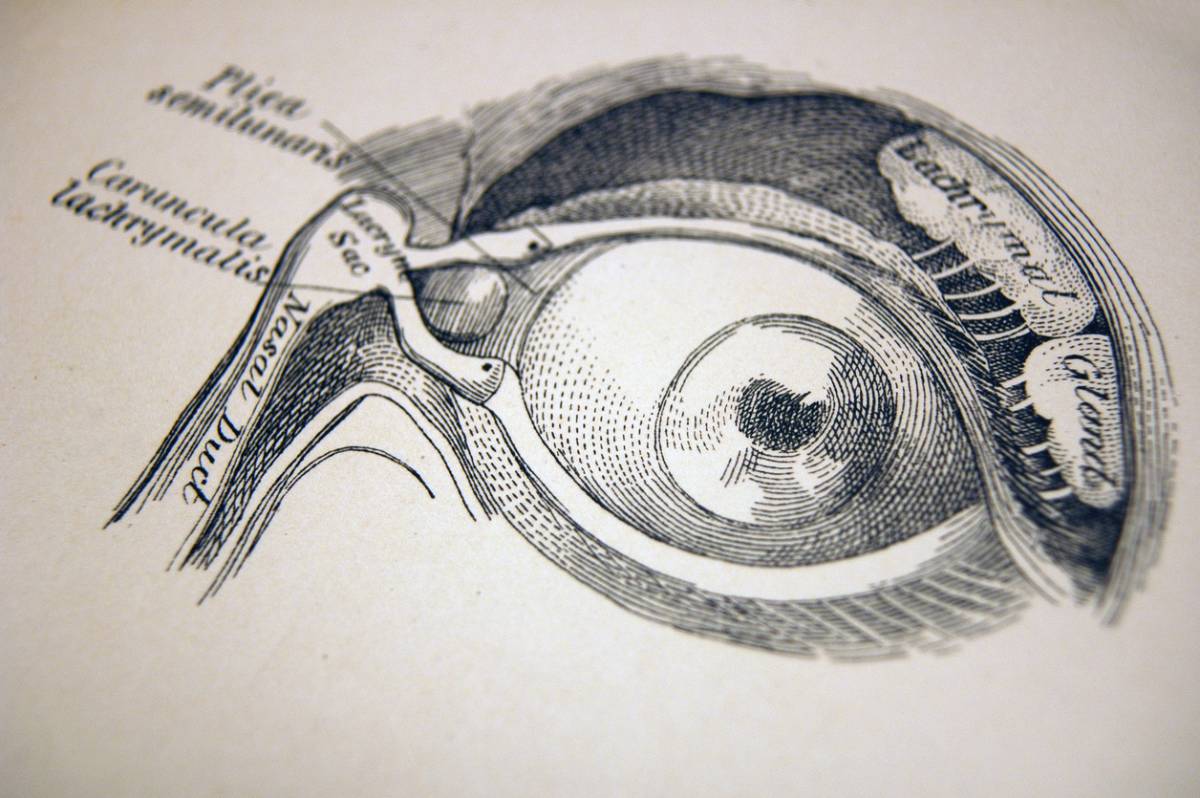How Do You Know If You Need Tear Duct Surgery?
Are you experiencing persistent tearing or eye discharge that won’t go away? If so, you may wonder whether you need tear duct surgery to address the issue. Tear duct surgery, also known as dacryocystorhinostomy (DCR), can address these problems and alleviate the symptoms caused by blockages or abnormalities in your tear ducts. Explore what it is and how you know if you need tear duct surgery.
What Is Tear Duct Surgery?
Tear ducts play a crucial role in eye health and function. The tear gland located above each eyeball offers a continuous supply of tear fluid that is spread across the surface of your eyeball each time you blink. Excess fluid is drained through your tear ducts to prevent build-up that could lead to complications.
When build-up does occur, or your tear ducts are not operating properly, it can lead to blockages or other tear duct complications that can cause discomfort and other aversive symptoms. Tears that should be able to drain via the tear duct become trapped and have nowhere to go, so they can accumulate and overflow onto your eyelashes, eyelids, and cheek.
Consulting an eyelid surgeon is important to properly diagnose and treat tear duct issues. If you suffer from any symptoms related to your eyes, seeking medical attention to address these problems can have a positive impact on the health of your eyes. A medical professional can help diagnose and treat eye-related problems and conditions to ensure your eyes stay healthy,
Signs You May Need Tear Duct Surgery
Your eyes are good at providing signals that something is wrong when you have a blockage or other tear duct-related concern. This can be in the form of a few different symptoms:
- Excessive tearing or watery eyes
- Recurring eye infections
- Inflammation
- Recurring eye irritation or discomfort
- Visible swelling or redness around the tear ducts
- Mucus or yellowish discharge from your eye
Diagnosing Tear Duct Problems
Before any treatment plan can be created, a proper diagnosis is required. This can be done in a few ways:
- Physical examination by an eyelid surgeon
- Tear duct irrigation test
- Imaging tests
Diagnosing your condition is necessary to ensure proper care and treatment are provided. Your physician will review your data and determine a diagnosis based on information gathered from medical history, previous visits, and any assessments or testing. Your physician will then determine if surgery is necessary or if your symptoms can be treated more effectively with a different treatment option.
Common Tear Duct Conditions that May Require Surgery
It is not uncommon for individuals to need surgery to treat tear duct-related conditions. If you suffer from any of the following conditions, you may need tear duct surgery.
- Congenital blockage
- Age-related changes
- Infection or inflammation
- Injury or trauma
- Tumor
- Eye drops
- Cancer treatments
When Is Tear Duct Surgery Recommended?
Ultimately, you and your eyelid surgeon will determine whether eyelid surgery is the right treatment for you. It is likely your surgeon will recommend tear duct surgery if you suffer from persistent infections around the tear ducts that don’t improve with medication or when there is a blockage causing continuous discomfort that does not respond to nonsurgical treatment.
What to Expect from Tear Duct Surgery
Types of procedures:
- Dacryocystorhinostomy (DCR): DCR is the most common surgical procedure used to correct blocked tear ducts. The procedure allows tears to bypass your blocked tear duct by creating a new pathway.
- Punctoplasty: This surgical procedure is used to address a condition related to narrowing puncta. The procedure widens the puncta to enhance drainage.
- Balloon Catheter Dilation: Balloon dilation is used in mild cases of blocked ducts. Your surgeon inserts a small balloon into your blocked duct and inflates it to widen the passage.
Recovery Time and Post-op Care
Regardless of the type of tear duct procedure, recovery time is relatively quick. You can expect to have some mild discomfort, possible bruising and swelling, and some bleeding. These post-operative symptoms should dissipate within a few days. Tear duct surgery is typically an outpatient procedure, meaning you will go home the same day and maintain follow-up appointments to assess the progress of healing and monitor for any potential complications.
Consult an Eyelid Specialist
If you think you need tear duct surgery to correct complications relating to your eyes, the best step to take next is to consult with an eyelid specialist. An eyelid specialist can gather information, determine a proper diagnosis, create a treatment plan, and help monitor progress during all aspects of your treatment. Contact an eyelid surgeon to determine if you would benefit from tear duct surgery.
Schedule a consultation with an eyelid surgeon to learn more about tear duct surgery.

Leave a Reply